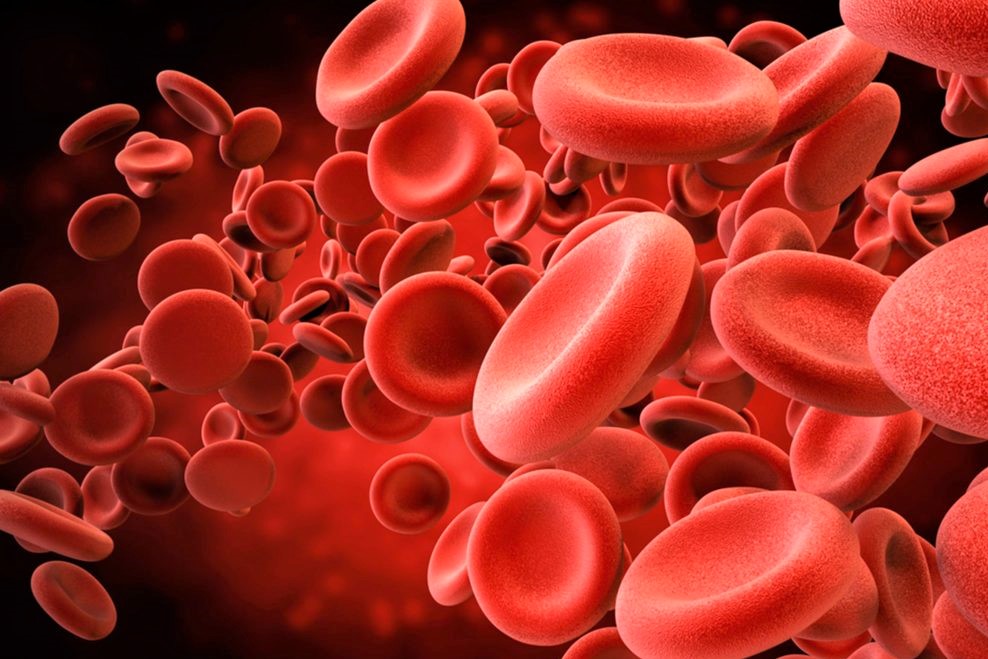
Haemophilia, what it is and how to treat it
Haemophilia affects one in 10,000 people and is widespread worldwide. It is a congenital and hereditary disease that involves a severe insufficiency in blood coagulation due to the lack or deficiency of certain plasma proteins (factor VIII or IX)
Coagulation is the process by which blood forms a ‘plug’ made up of platelets, blood cells and fibrin, a component of plasma, when leaking from blood vessels.
Coagulation involves the activation of numerous proteins.
Two of these, factor VIII and factor IX (produced by the liver) are absent or defective in people with haemophilia.
Classification of haemophilia
Haemophilia is divided into two types: haemophilia A and haemophilia B. Haemophilia A (classical haemophilia) is the most common form and is due to a deficiency of coagulation factor VIII.
Haemophilia B (or Christmas disease), on the other hand, is caused by a deficiency of factor IX.
The symptoms are practically identical and only through laboratory tests can the doctor differentiate the two diseases.
This difference is very important for the purposes of treatment.
The two types of Haemophilia A and B are caused by the alteration of two genes, both located on the X chromosome
Transmission of the disease is sex-linked: it predominantly affects males, while females are healthy carriers.
It is very rare for a woman to be affected by haemophilia: for this to happen, the father must be a haemophiliac and the mother a healthy carrier.
This is because the only X chromosome in males is of maternal origin: a woman who is a healthy carrier of haemophilia will have a 1 in 2 chance of producing a sick male and a 1 in 2 chance of having a healthy carrier daughter; whereas, if the husband is healthy, the female daughters will at most be carriers like the mother; the male children of sick men are healthy (if the mother is not a carrier), whereas the daughters will all be carriers.
In about 30% of cases (so-called ‘sporadic cases’) it is a newly formed gene mutation.
Symptoms and diagnosis
Haemophilia causes haemorrhages in the joints (knee, elbow and ankle), manifested by swelling and pain in the joints, muscles and other soft tissues (neck, tongue, gastrointestinal tract).
Acute haemorrhages can occur spontaneously following even minor trauma and can sometimes be fatal.
In most cases, haemophilia is diagnosed through complex laboratory tests that verify the lack or deficiency of one of the coagulation factors.
The most commonly used test is the Partial Thromboplastin Time (PTT): in people with haemophilia, the partial thromboplastin time is longer than normal.
In families where haemophilia is present, it is possible to subject women to a genetic test to determine whether they are carriers
It is also possible to carry out prenatal diagnosis in high-risk pregnancies: couples who fear that they may transmit haemophilia to their children can contact a genetic counselling centre.
Haemophilia, complications
Haemophilia is classified into mild, moderate and severe, depending on the amount of clotting factor present in the blood.
In severe haemophilia, haemorrhages can occur after even minor trauma and spontaneously (rare in mild or moderate haemophilia).
Haematomas in the subcutaneous tissue or muscles can cause contractures, nerve paralysis, bone cysts and muscle atrophy.
Internal haemorrhages caused by the more severe forms can lead to even serious complications, depending on the area where they occur, including neurological damage and renal colic, and can even be fatal.
Therapy
The treatment of haemophilia is based on replacement therapy, i.e. the administration of the missing factor (factor VIII in haemophilia A, factor IX in haemophilia B).The missing factor can be extracted from donor blood or, for some years now, it has been possible to produce it ‘artificially’ through genetic engineering.
Anticoagulant drugs, such as aspirin, should be avoided.
In mild forms of haemophilia A, desmopressin, a drug capable of causing a 25-30% increase in factor VIII in plasma, can be used.
If the haemophiliac patient is detected and treated, he/she can lead an essentially normal life: people with a severe form require continuous therapy, while in mild forms replacement therapy is only carried out following trauma or in anticipation of surgery.
Read Also:
Emergency Live Even More…Live: Download The New Free App Of Your Newspaper For IOS And Android
Blood Diseases: Polycythaemia Vera, Or Vaquez Disease
Blood Transfusion: Recognising Transfusion Complications
Blood Riders, Simply Volunteers
Haemophilia: What It Is And How To Treat It
Haematuria: The Causes Of Blood In The Urine
What Is Amylase And Why Is The Test Performed To Measure The Amount Of Amylase In The Blood?
Adverse Drug Reactions: What They Are And How To Manage Adverse Effects
Kidney Stones: How They Form And How To Avoid Them
Renal Colic, How Does It Manifest Itself?
Biliary Colic: How To Recognise And Treat It
When The Patient Complains Of Pain In The Right Or Left Hip: Here Are The Related Pathologies
Creatinine, Detection In Blood And Urine Indicates Kidney Function
Leukaemia In Children With Down Syndrome: What You Need To Know
Pediatric White Blood Cell Disorders
What Is Albumin And Why Is The Test Performed To Quantify Blood Albumin Values?
What Is Cholesterol And Why Is It Tested To Quantify The Level Of (Total) Cholesterol In The Blood?
Thrombophilia: Causes And Treatment Of Excessive Blood Clotting Tendency


